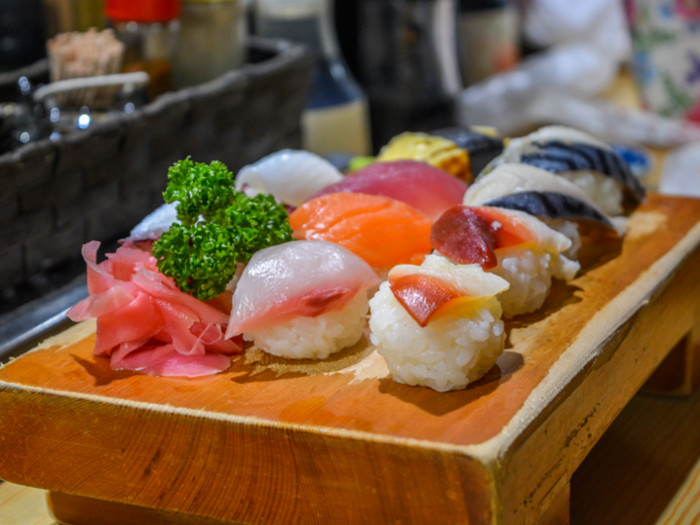The Okinawa diet plan could potentially help you extend your life and improve your overall health in a variety of ways.
What is the Okinawa Diet?
The Okinawa diet is based on the dietary habits of residents in Okinawa, who have a surprisingly long average lifespan. While many people think they understand the general diet of Japan, people in Okinawa have a different nutritional balance, one that includes far fewer calories and less rice and grains than citizens in the rest of the island nation. Since, it was discovered that people in Okinawa more regularly live to 100 years of age and beyond, this approach to health has become more popular in other parts of the world. [1]

The traditional Okinawa diet is low in calories and fat while high in carbs. Photo Credit: Shutterstock
Okinawa Diet Plan
This diet plan consists of a few main points, including eating more colorful foods, limiting meat intake, and cutting back on grains and dairy.
Colorful Foods
By eating more colorful foods, namely fruits and vegetables, you will take in more antioxidants, vitamins, and minerals than you would get in a standard diet. [2]
High-Quality Meat
You want to limit your intake of red meat and oily seafood, but when you do consume meat, be sure that it is of high quality and as lean as you can find it. [3]
Grain Limitation
Rather than having rice with every meal, the Okinawan diet limits grain and dairy intake to a minimum, as these can cause inflammation in the body, as well as gastrointestinal problems. [4]
Sample Diet Menu
If you want to begin following the Okinawa Diet, try modeling your meals in the following way.
- Breakfast: Waffles made with whole grain flour, soy milk, and free-range eggs, as well as fresh blueberries and green tea.
- Lunch: Green beans, peas, broccoli, and steamed tofu, along with a baked sweet potato and some seaweed.
- Dinner: Miso soup with steamed vegetables, egg, mushrooms, and onions, as well as a filet of white fish.
- Snack: Edamame, raw vegetables or dried chickpeas.
Conclusion: The Okinawan diet certainly has some clear advantages over other diets, but it is important to remember that the people of Okinawa are used to a rather extreme level of calorie restriction, and are only able to maintain their health by sticking to nutrient-dense foods. Furthermore, some of the common foods on this diet can be expensive, and the diet must be paired with healthy levels of exercise to be effective. [5]
